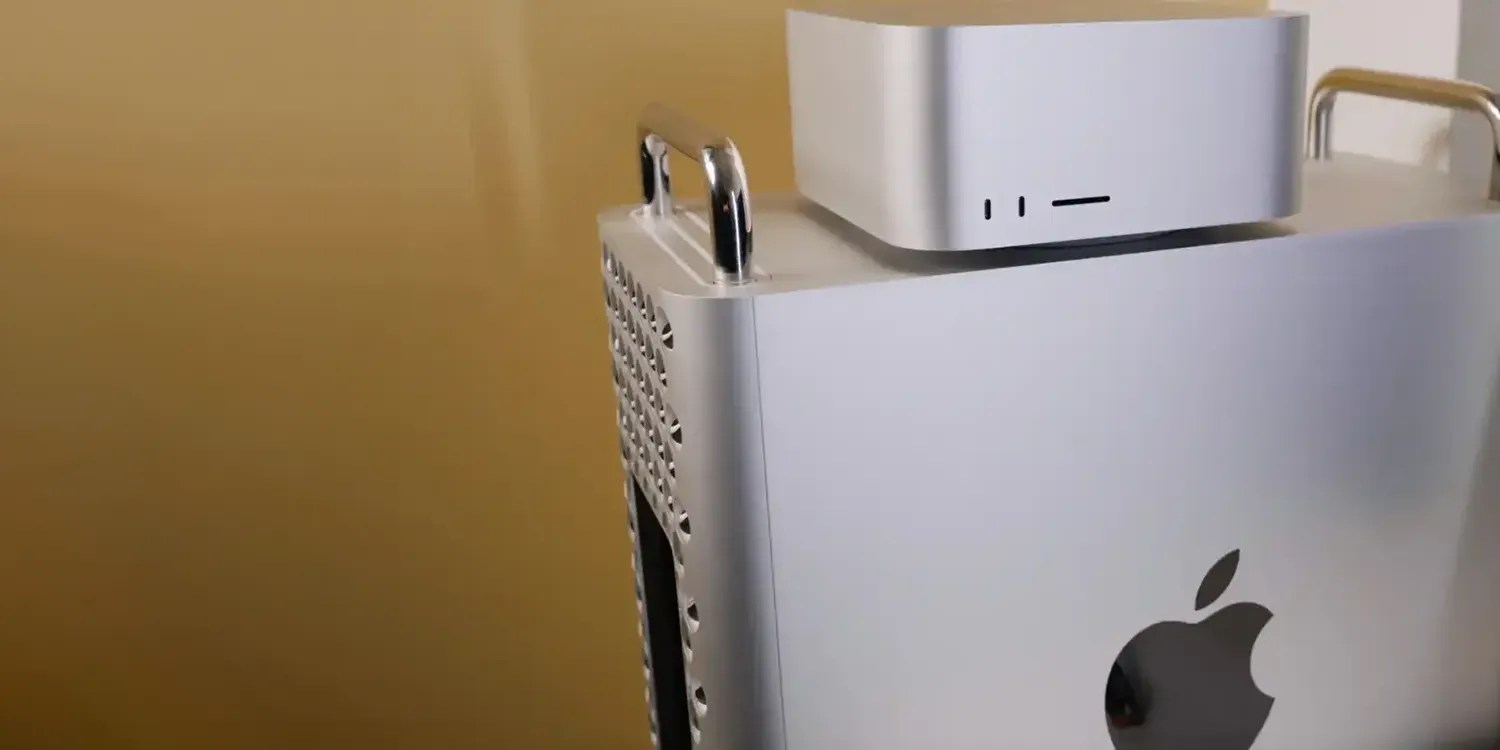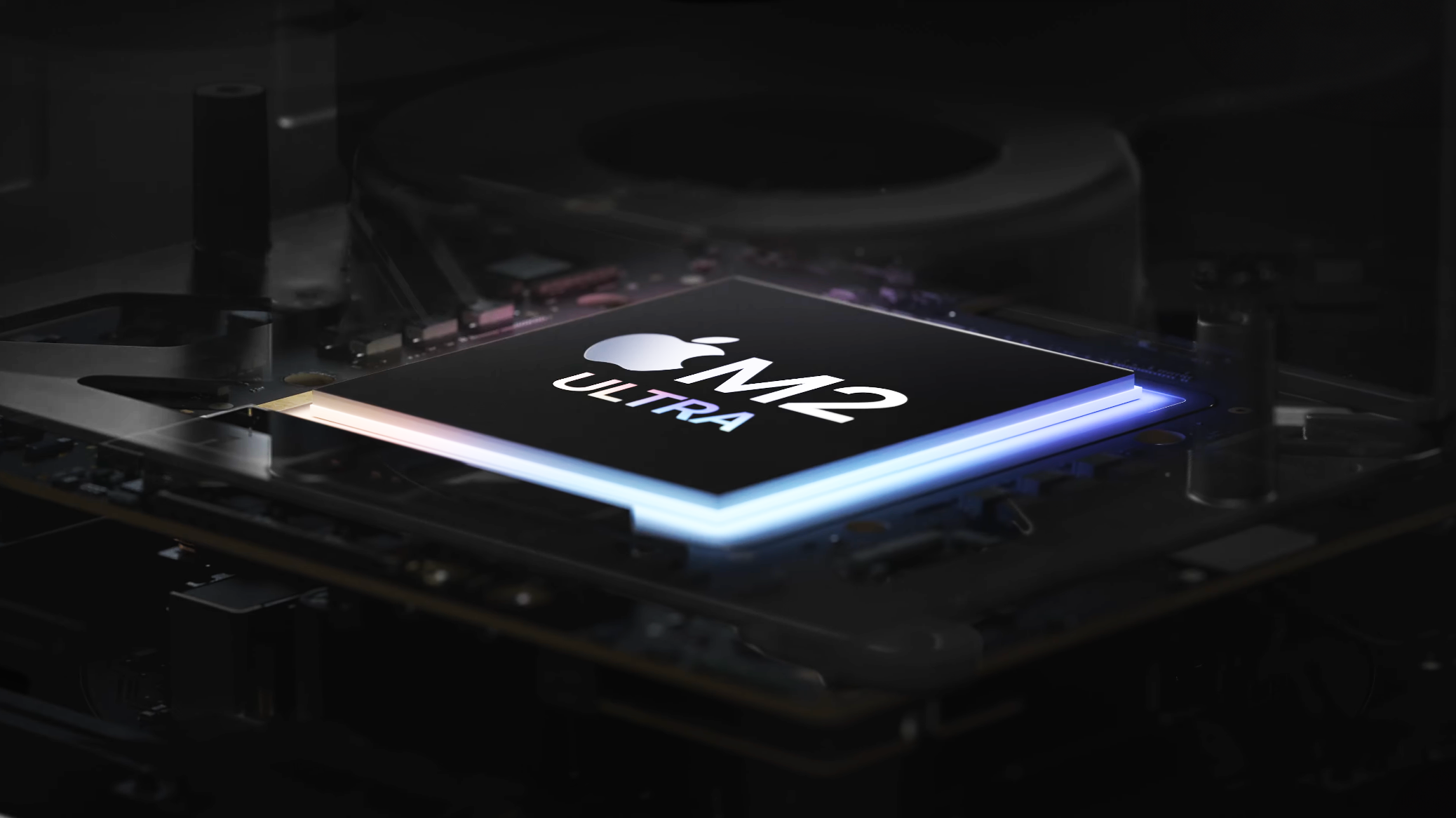
Since moving to Apple silicon, the Mac Pro has faced tough times. The audience for this high-end workstation is shrinking. Yet, there’s always hope for a turnaround.
The Mac Pro Journey
The Mac Pro has had a rocky history.
The name first appeared in 2006 when the Power Mac G5 was replaced by a tower using Intel chips.
Then, in 2013, Apple introduced a sleek, cylindrical Mac Pro. It was visually stunning but had its share of issues.

In 2019, Apple returned to a traditional tower design. The new model combined style with powerful performance. It even supported upgradable storage and GPUs.
In 2020, Apple started transitioning to Apple silicon.
The Rise of Mac Studio
The introduction of the M1 chip marked a big shift. It boosted performance, making devices like the MacBook Air and iMac more efficient. The MacBook Air even shed its fan!
Later, the M1 Pro and M1 Max chips powered new MacBook Pro models, pushing performance even higher.

In 2022, Apple launched the Mac Studio with the powerful M1 Ultra chip—essentially two M1 Max chips in one. This move overshadowed the Intel-based Mac Pro.
Fans were excited about the possibility of an M2 Extreme chip for the Mac Pro, but it seems production costs for such a high-performance chip were too steep.
The New Apple Silicon Mac Pro
In 2023, Apple introduced the M2 Ultra Mac Pro, replacing the Intel model. Yet, it lacked the dramatic flair of its predecessors.
This new Mac Pro shared the M2 Ultra chip with the Mac Studio. Unlike before, users couldn’t upgrade GPU or RAM over time, limiting future flexibility.
The Mac Pro’s key selling point became its number of ports and PCIe slots.

However, those PCIe slots can’t upgrade the GPU. The GPU power is fixed when you buy the Mac Pro.
According to Apple, these slots are mostly for specialized cards, not for boosting graphical performance:
You can install various PCIe cards in your Mac Pro, like storage or audio/video I/O cards.
Apple describes the Mac Pro as a tool for professionals needing extra resources for their projects:
The new Mac Pro supports PCIe expansion for users who need M2 Ultra performance and want to customize their systems. It has seven PCIe expansion slots to allow for various upgrades.
The Dwindling Appeal of Mac Pro
Fast forward to today, and the Mac Pro finds itself even more specialized. This is largely due to the recent update of the Mac Studio.
Apple now offers a Mac Studio with the M4 Max or the new M3 Ultra chip. While M4 labels sound newer, many consider the M4 Max a lesser option compared to the dual M3 Max setup.
The Mac Studio’s M3 Ultra chip positions it as the most powerful Mac on the market once again.

Comparing Mac Studio and Mac Pro
With the advent of the M3 Ultra, comparing the Mac Studio to the Mac Pro doesn’t favor the latter.
The M3 Ultra clearly offers faster CPU and GPU performance than the Mac Pro’s M2 Ultra chip. RAM capacity is also a huge differentiator, especially for applications demanding high processing power.
| Mac Studio | Mac Pro | |
| CPU | 32 cores | 24 cores |
| GPU | 80 cores | 76 cores |
| RAM | 512GB | 192GB |
| SSD | 16TB | 8TB |
| Display | 8 4K displays, 8 6K displays, or 4 8K displays | 8 4K displays, 6 6K displays, or 3 8K displays |
| Ports | 6 Thunderbolt 5 ports, 2 USB-A ports, HDMI port, 10Gb Ethernet, SDXC card slot | 8 Thunderbolt 4 ports, 3 USB-A ports, 2 HDMI ports, dual 10Gb Ethernet, 7 PCIe slots |
At least the Mac Pro still wins in the ports category!
Glimmers of Hope for the Mac Pro
So, could the Mac Studio’s launch be a good sign for the future of the Mac Pro? It’s a hopeful thought for fans of the Pro line.
Keeping the Mac Pro with the M2 Ultra while the Mac Studio gets upgraded to the M3 Ultra might set the stage for the Mac Pro’s resurgence.
Apple could decide to give the Mac Pro an exclusive M4 Ultra upgrade down the road.
There’s a catch—Apple seems to hint that they might not create an Ultra version for every chip. This could just be a convenient explanation for their marketing challenges.

But there’s a bigger question. Is it better to have a super powerful Mac Pro if it means other models, like the Mac Studio, aren’t as strong? What if the Pro gets upgraded to an M4 Ultra? Would the Mac Studio benefit too?
Pro fans argue the Mac Pro is built to handle more intense workloads due to its design.
Best Apple accessories
Follow Zac Hall on X, and listen to Runtime with co-host Sophia Tung on Apple Podcasts and YouTube.
FTC: We use income earning auto affiliate links. More.









